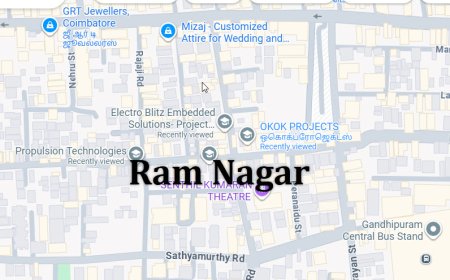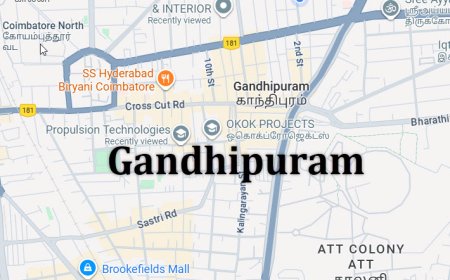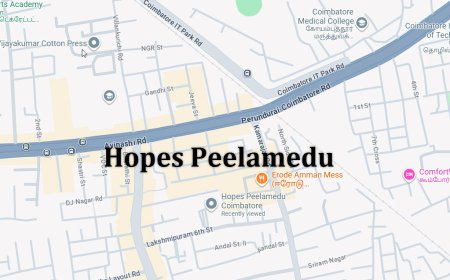Skin Care Disease Prediction in Python Projects
Skin Care Disease Prediction in Python Projects
Skin Care Disease Prediction in Python Projects
Abstract
Skin diseases, ranging from acne and eczema to psoriasis and skin cancer, affect millions of people worldwide, making early detection essential for effective treatment. The project Skin Care Disease Prediction in Python Projects focuses on developing an intelligent system that predicts skin conditions using image-based analysis and machine learning techniques. Python is chosen as the development platform because of its powerful libraries for image processing, data analysis, and deep learning, including OpenCV, TensorFlow, Keras, and Scikit-learn. The system preprocesses skin images to remove noise and enhance features, then applies convolutional neural networks (CNNs) and classification algorithms to predict specific skin diseases. This automated approach aids dermatologists in diagnosis, reduces manual effort, and improves accuracy in identifying skin conditions.
Existing System
Existing skin disease diagnosis relies heavily on manual examination by dermatologists, which is time-consuming, subjective, and prone to human error. Some digital solutions use basic image processing or rule-based systems for disease detection, but they struggle with variations in skin color, lighting, lesion size, and shape. Conventional machine learning approaches often require manual feature extraction, limiting scalability and adaptability across diverse datasets. Consequently, existing methods may lack precision, reliability, and efficiency, especially in large-scale or remote healthcare settings.
Proposed System
The proposed system introduces a Python-based framework for skin disease prediction using advanced image processing and machine learning techniques. Skin images are preprocessed with steps like resizing, noise removal, normalization, and contrast enhancement to improve model performance. Convolutional Neural Networks (CNN) automatically extract features such as texture, color, and shape patterns from the images, which are then classified using machine learning models like Random Forest, Support Vector Machines (SVM), or deep learning architectures such as ResNet or DenseNet. The system is evaluated using metrics such as accuracy, precision, recall, F1-score, and confusion matrices. By integrating automated image analysis, deep learning, and predictive modeling, the system provides a scalable, accurate, and reliable solution for skin disease detection, enabling early diagnosis and improving patient care.
What's Your Reaction
 Like
0
Like
0
 Dislike
0
Dislike
0
 Love
0
Love
0
 Funny
0
Funny
0
 Angry
0
Angry
0
 Sad
0
Sad
0
 Wow
0
Wow
0































